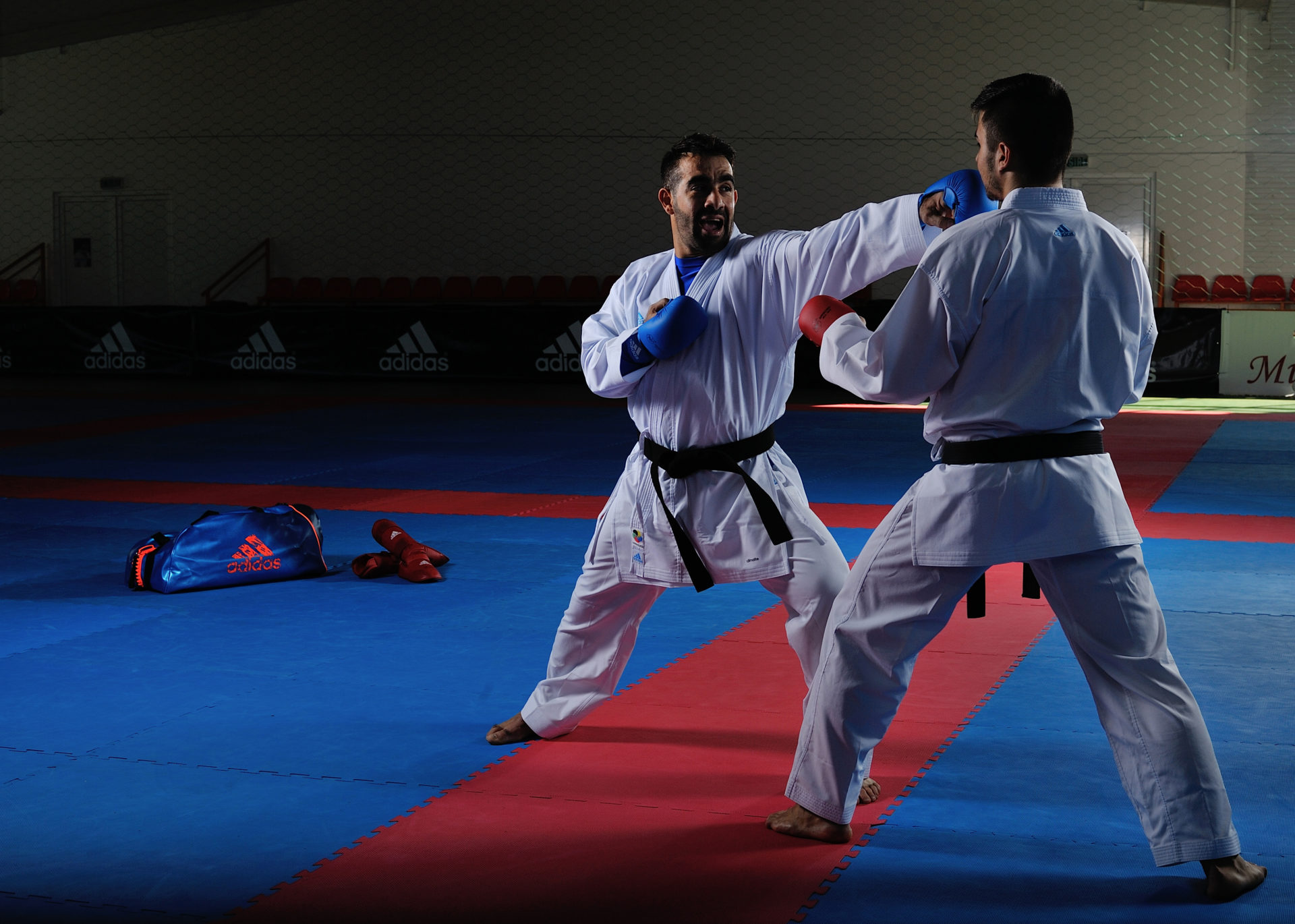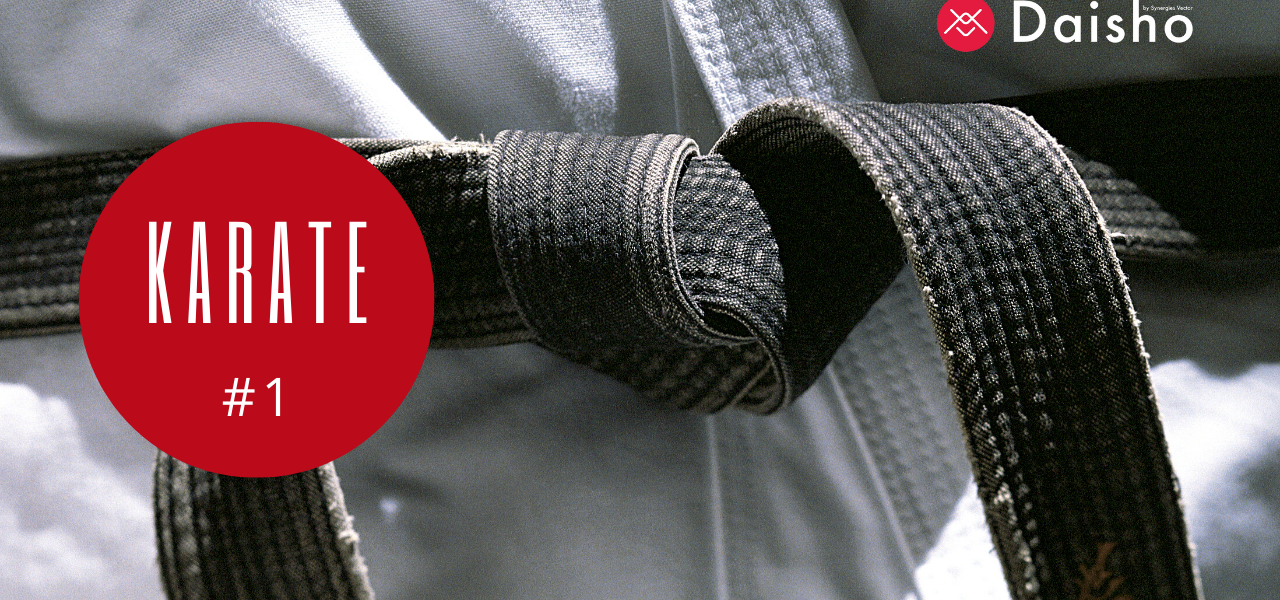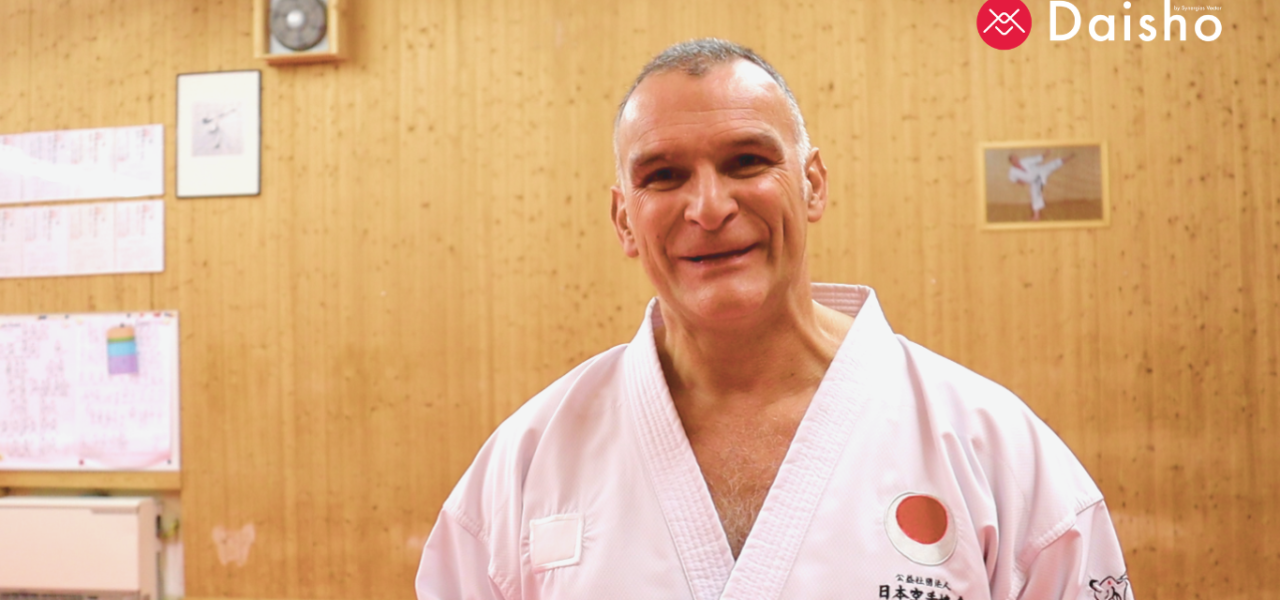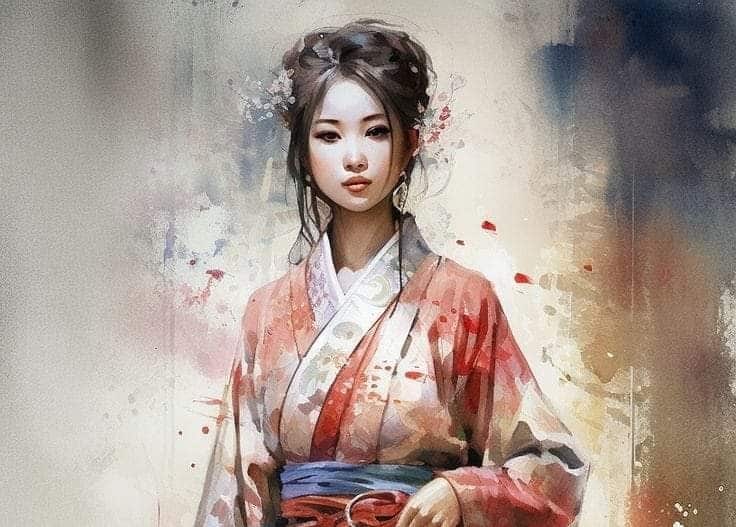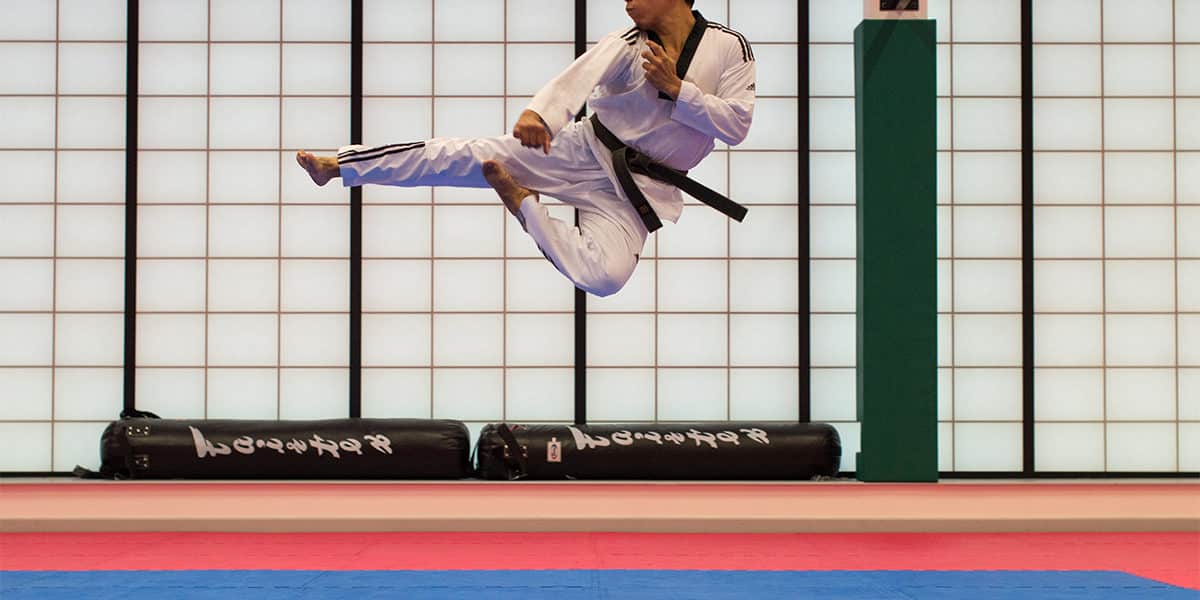Your cart is currently empty!
How do you choose your style of karate from among the different schools?
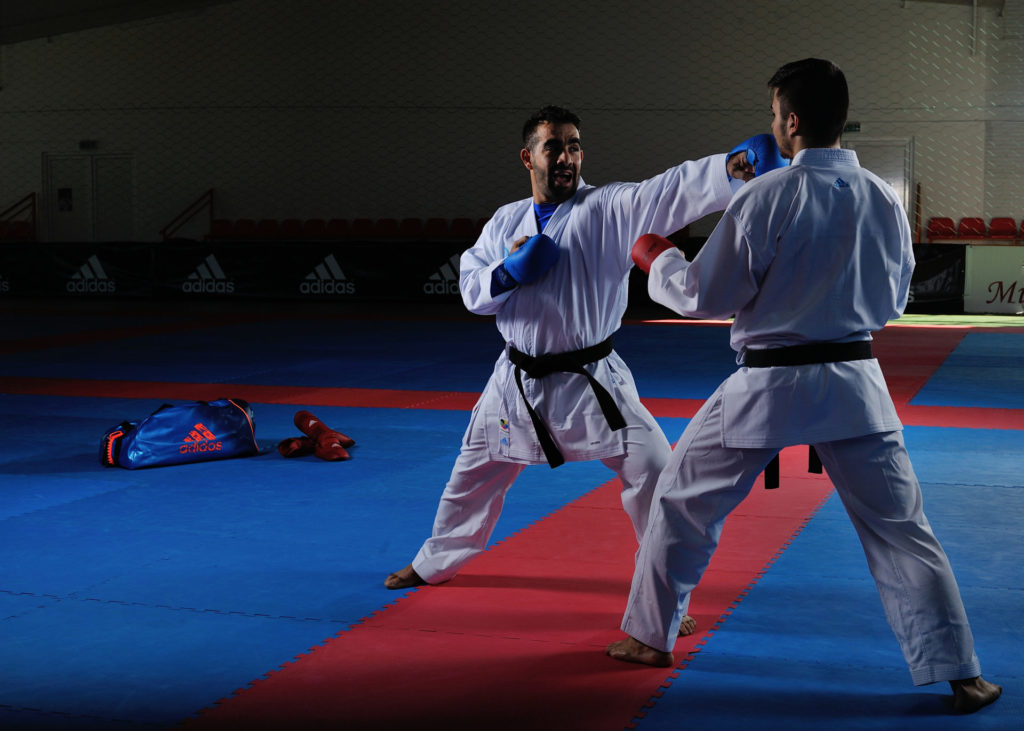
Originating in Japan, karate is one of the world’s most popular martial arts. Over time, different teachers have brought their knowledge to the discipline, giving rise to many different styles of karate. Faced with such a wide choice, selecting a karate school becomes a real challenge for anyone wishing to take up karate.
Apart from questions of affinity in terms of “style”, it’s also essential to have the right outfit and equipment. Daisho offers a wide range of protectors, equipment… to get you started.
Table des matières
A look back at the history of Karate-do
Karate or karate-do has always been known as a Japanese discipline. However, its true origins lie in an ancient independent kingdom called the Kingdom of Ryūkyū. The latter was conquered by Japan in the 19th century.
Karate developed on the island of Okinawa, inspired by various disciplines such as white crane boxing. In those days, masters regarded this martial art as a treasure to be protected. They only taught it selectively.
In the 20th century, what was known as Tode or Okinawa-te became karate-do. The martial art soon spread to the rest of the world. It was thanks to the participation of such great masters as Azato Yasutsune, Anko Itosu and Kentsu Yaso that karate was able to expand.
These various experts have gradually succeeded in structuring this discipline to create different types. Today, the Fédération Francophone de karaté lists over 13 styles in the karate-do category. Of course, this list is not exhaustive, and the number of karate styles runs into the hundreds.
Today, traditional karate is defined as the use of offensive and defensive techniques involving all parts of the body. In addition to being a Japanese martial art, it is also considered a combat sport. There’s no age limit, and the exercises can be adapted for children.
The different styles of karate
Several styles of karate have emerged over the last few centuries. They vary from one another in terms of fighting positions, strikes, martial applications, weapons and so on. Nevertheless, although there are hundreds of types of karate, the best-known and most practiced to this day remain Shōtōkan, Gōjū Ryu, Wado Ryu and Shito Ryu.
The Shōtōkan
Created by master Gichin Funakoshi from various martial arts, Shōtōkan is the most widely practiced type of karate in the world. It is divided into three parts: fundamentals or “Kihon”, movement forms or “Katas ” and combat or “Kumite“.
Shōtōkan is a karate school characterized by its long, deep stances. This great stability demonstrates strength and power through more restrained, slower movements.
The Gōjū Ryu
Originating in Okinawa’s Naha-Te, Gōjū Ryu was founded and named by legendary grandmaster Chojun Miyagi in 1926. Unlike Shōtōkan, this style of karate-do is characterized by speed, suppleness and strength.
In addition, breathing exercises and muscle strengthening occupy an important place when practicing Gōjū Ryu. Open-hand techniques, dislocations and fairly high postures are largely practised here.
Wado Ryu
This karate school was founded by Hironori Ohtsuka, a Japanese master who learned the basics of karate from the founder of the Shōtōkan. Although close to this style, it differs in its simplicity and flexibility.
Wado Ryu also favours less rigid movements, higher postures and more fluid, coiled techniques.
Shito Ryu
Shito Ryu was created by master Kenwa Mabuni. This is the karate style with the most katas, with 60 official katas. It is characterized by incessant variations in the height and width of postures, so as to systematically dodge the opponent’s line of attack.
Techniques are short and coiled, with frequent use of powerful grabs and blocks. Hip placement is of paramount importance.
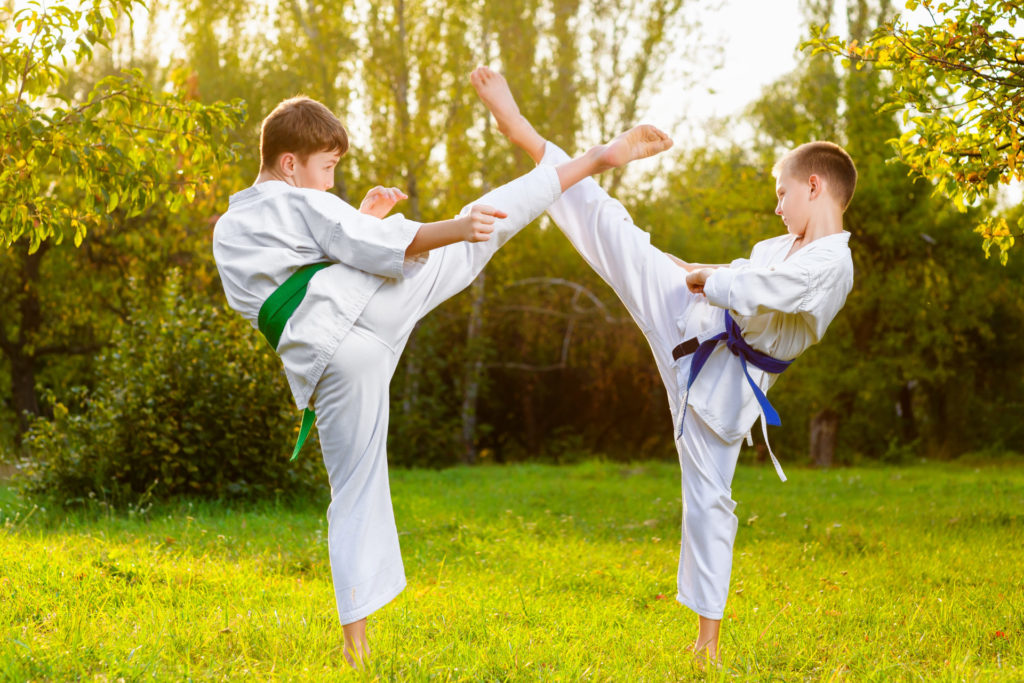
How to choose the right karate school?
To select a karate-do school, it’s important to take certain criteria into account.
Your goals and preferences
No one style is better than another. Your choice should above all depend on your objectives in practicing this discipline. While some schools emphasize the spiritual aspect of the practice, others focus on self-defense or even competition. And don’t forget to opt for a karategi (“kimono” for karate) and suitable training equipment to help you progress more easily in your discipline.
Since styles differ in many ways, it’s important to choose the one you like best. That’s why it’s a good idea to attend a few classes in advance to observe the different movements of each karate style.
Course type
Most range from beginner to expert. Before enrolling, make sure that the school in question offers courses that are adapted to your level. It’s also important to find out about the grading system and requirements for moving from one karate belt to another.
Teaching quality
A good karate master must be thoughtful, open-minded and ready to constantly enrich his techniques. If you come across a teacher who keeps a closed mind and concentrates solely on the specifics of the style of karate being practised, move on.
It should also be noted that the master’s presence plays an important role in the appreciation of the course. If you’re not captivated by the teacher, you’re likely to drop out quickly.
Need to equip yourself to take up karate? Daisho is the partner of martial arts enthusiasts. Choose from our wide range of products!

